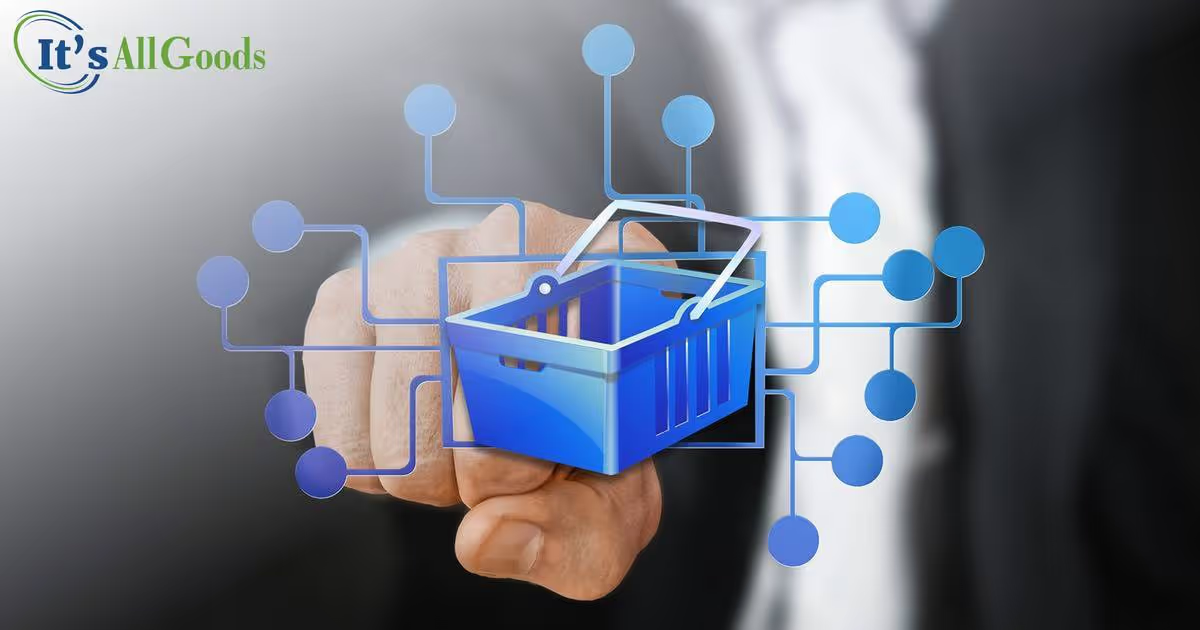

utomation technology in retail stores is not a completely new idea in the U.S. The concept has actually existed in more simple forms since the creation of the Piggly Wiggly supermarket in the 1930s by Clarence Sanders.
While companies like SmartMart (C-Store technology experts) paved the way in the 1990s with their touchscreen and machine-operated glass front stores, various other brands have slowly been adapting the idea for the twenty-first century.
More and more, C-Store retailers are now considering automation technology as a means to deal with current challenges and introduce operating efficiencies. Below we’ll explore automated C-Store operations, technologies, benefits, challenges, and what their future may hold.
Automated C-Stores are appealing because they typically sell C-Store products to customers in completely modern and exciting ways. Such C-stores are operated without the use of cashiers, using computers and technology to function instead.
There are two types of automated C-Stores currently in use. One style of operation is a ‘vending machine’ method whereby consumers do not physically enter the stores. Instead, customers pull up to a glass front store and choose products from the shelves with the aid of robotics, keying in their desired items on touchscreen pads. This means that customers don’t have to spend time wandering through isles to find the items they need.
The items are brought directly to the customer by machines. Although the products for sale are delivered to the store by manpower, the machines can actually stock the shelves themselves through programming.
Alternatively, automated C-Stores operate by allowing customers to enter the store and pick items for themselves. In high-tech stores like Amazon Go where customers simply ‘walk out’ with their shopping, consumers need to make an account through a free downloadable app.
Customers scan this app as they enter the store through a turnstile, pick up the items they want, and leave. The products they choose are tracked by cameras and sensors. Then, the customer is billed automatically through the payment method attached to their app. This method does require staff to stock shelves, however.
C-Stores also have the option to include self-checkout kiosks instead of automated billing. But this is far less efficient and this method is already implemented in unautomated C-Stores.
Automated C-Stores require significant technology investment to function. So, while mechanization does help automated C-Stores run more efficiently, it is also a huge financial expenditure.
The fact is automated C-Stores will have high implementation costs in procuring technology. However, automated C-Stores provide significant labor reductions. This is simply because the technology makes a lot of in-person service roles redundant including cashiers.
According to SmartMart, their business model reduces labor requirements by 72%, needing no more than four employees to service ten of their stores. They suggest two part-time employees to manage stock whilst another two to manage ‘grounds upkeep’. Such staff ensure that the stores look their best by cleaning up, re-stocking shelves, and offering a friendly physical presence for customers whilst working.
The number 1 “direct store operating expense” is labor. As shown with the SmartMart statistics, automated C-Stores are clearly cutting budgets by reducing in-store workers. However, cost reductions via labor reductions will generate controversy. So, while automated C-Stores are great from consumer and employer standpoints, from an employee perspective, they are an intimidating prospect.
According to SmartMart, their business model reduces labor requirements by 72%, needing no more than four employees to service ten of their stores.
In 2018, a Forbes study projected that if retail cashier duties were to become completely automated like they are in these stores, over 1.8% of the U.S. private sector workforce, equivalent to 2.3 million Americans working for retail and service stores could lose their jobs. This translates to over $37 billion in lost income across the nation. It also represents a corresponding decrease in labor costs which, in theory, can be passed on to the customers.
Of course, labor activities are concerned. Marc Perrone, President of the United Food and Commercial Workers International Union argues that Amazon Go stores are attacking workers. He states, "The brutal truth is that Amazon is focused on one thing – eliminating as many jobs as possible,".
Amazon responded by releasing a statement saying, “the fact is that no other U.S.-based company has created more jobs than Amazon. In the U.S. alone, Amazon has created over 500,000 jobs”.
While this may be the case, it doesn’t stop anxieties surrounding unemployment from circulating. The question of where current C-Store employees would fit into these automated schemes remains open and unanswered.
On the flip side, Automated C-Stores in the U.S. have some promising long-term prospects for consumer convenience and shopper benefits!
Consumer Convenience
Consumer Safety
Benefits for Automated C-Stores
Overall, automation technology in American retail and C-Stores has not yet fully blossomed. Nevertheless, we can expect to see a rise in automation technology over the next few years. This will make shopping in the U.S. much more convenient and efficient for consumers.
This trend is also set to massively increase profitability for C-Stores if we take into account the vast amount of money which will be saved from reducing labor costs. However, the prospect remains anxiety-inducing for C-Store labor. It is not certain how the labor force will fit into these automated business models, in terms of both quantity and job function.